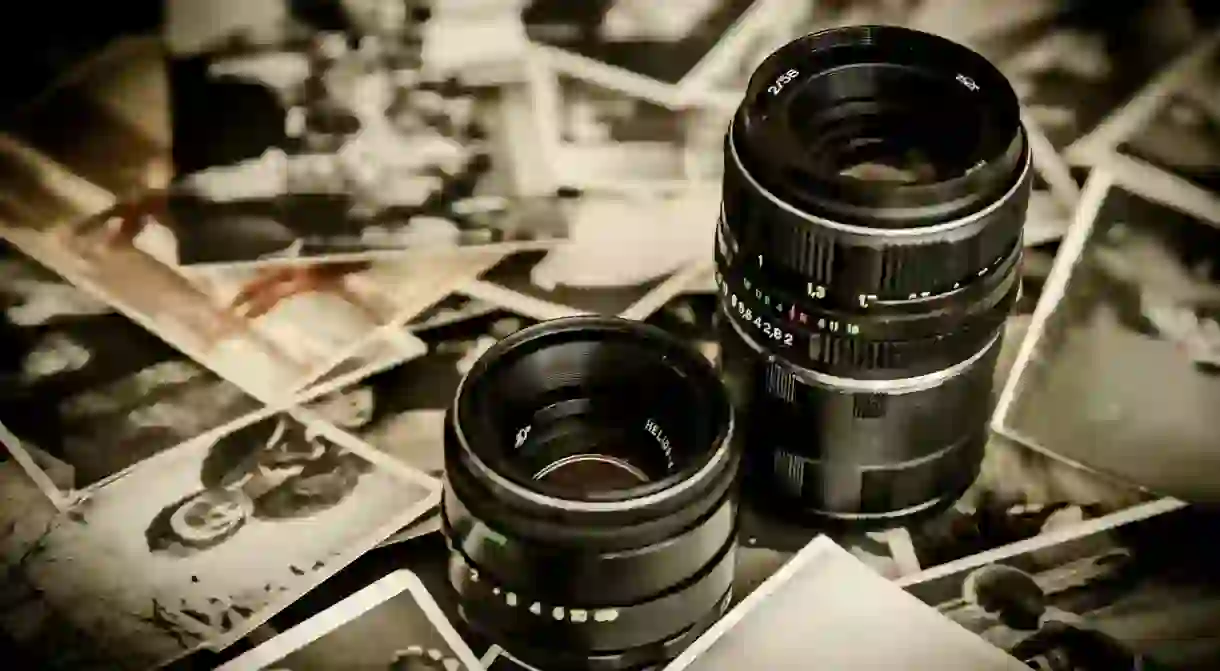7 Photographers From Salvador the World Should Know

Many aspects of life in Salvador have captured the attention of professionals with cameras. The city has bred a fine crop of remarkable photographers. Some have spent their careers as photojournalists, others have become captivated by black Brazil, religion, spirituality, women and many other themes. These seven offer an inspiring, moving and beautiful look at the world through their eyes.
Pierre Verger
Though Pierre Verger was a Frenchman born in Paris (1902), he died in Salvador in 1996 having lived more than half his life in the city and he is one of its best-known photographers. Once he had settled in Brazil he became fascinated with the African diaspora on the continent and travelled widely to learn and document where these people had come from. He became very involved with the Yuruba tribe in West Africa, had his research accepted as a doctorate and, in 1973, became a professor at the Federal University of Bahia. Some of his thousands of fascinating photos can be seen at the small museum, the Fundaçã0 Pierre Verger, dedicated to him in Salvador.
http://instagram.com/p/BQm8du6gfe8/?tagged=pierreverger
Alice Ramos
Alice Ramos is a photographer of people, colour and texture. Born in Salvador in 1972, she trained in industrial design before switching tack and graduating in Visual Programming in 1995. Two years later, in Rio de Janeiro, she won the Nacional de Fotografia da Funarte award for emerging talent. Her work often tackles social and aesthetic norms, looking particularly at the female form, having photographed larger naked women for her collection “Redondamente Enganado”.
Christian Cravo
The grandson of a sculpture and son of a photographer, Christian Cravo had art in his blood. He was born in Salvador in 1974 but moved away, to his mother’s homeland of Denmark, when he was seven. In his later teenage years Cravo was drawn back to Brazil, travelling around the north-east, learning about black culture in Brazil and taking highly defined black and white photos. Having published three books of his images and with representation in New York, São Paulo and Rio, Cravo continues to explore new themes. He is currently working on a retrospective of his grandfather’s career, a project left unfinished by his father.
http://instagram.com/p/6vBb7nMXYw/?tagged=christiancravo
Mario Cravo Neto
Christian’s father Mario Cravo Neto (1947-2009) was an extremely respected contemporary photographer who was deeply involved with the spiritualism he found in his hometown of Salvador. Having thought he would follow his father into sculpting he became interested in photography in Germany in 1964. His sculptor’s eye however is evident in his work. Much of his work depicts Candomblé, a religion popular in north-eastern Brazil with its roots in Africa. Cravo became a practitioner of it, giving him an understanding many observers never achieve. Birds, each with great symbolic meaning, are common throughout his work.
http://instagram.com/p/BVU-W8th5PI/?taken-by=institutomariocravoneto
Bauer Sá
Born in Salvador in 1950, Bauer Sá learnt his craft form his father who had a black and white photography laboratory. With numerous awards under his belt and having shown in Asia and Europe as well as extensively in Brazil, Sá is a leading photographer on the subject of the black peoples and African deities. His work and compositions are carefully conceived and elegant, often shot in dark tones.
Maria Sampaio
A much-loved contemporary Brazilian photographer, Maria Sampaio died in 2010 at the age of 62. She was best known for creating the book and album covers for such leading lights as the singer Caetano Veloso (“Cores & Nomes”, 1982) and Maria Bethânia (“Olho d’Água”, 1992). She was also a great collector, building up an impressive collection of the photographs of the Velloso family, and in her latter years began writing books too.
http://instagram.com/p/BVLY0JRlIjo/?tagged=coresenomes
Jorge Araújo
Jorge Araújo, who was born in Salvador in 1952, taught himself photography leading to a highly accomplished career as a photojournalist. Since 1973 he has worked for Brazil’s leading newspaper Folha de S. Paulo documenting momentous moments in Brazil’s history like football World Cups and political events. He has also been awarded the Wladimir Herzog prize for Human Rights four times.













